What Size Spotting Scope Do I Need ?
The size of the spotting scope you need depends on your specific requirements and intended use. Factors to consider include the distance you plan to observe, the level of detail you want to see, and the portability you desire. Generally, spotting scopes come in different objective lens sizes, typically ranging from 50mm to 100mm. Larger objective lenses provide brighter and clearer images, making them suitable for long-range observations or low-light conditions. However, they tend to be heavier and bulkier. Smaller objective lenses are more portable and lightweight, making them convenient for travel or hiking. Ultimately, the size of the spotting scope you need will depend on your personal preferences and the specific application you have in mind.
1、 Magnification power: Determining the appropriate level of zoom for your needs.
Determining the appropriate size of a spotting scope depends on various factors, with magnification power being one of the most important considerations. Magnification power refers to the level of zoom that the spotting scope can provide, allowing you to see distant objects more clearly.
The appropriate level of zoom for your needs will depend on the specific activities you plan to use the spotting scope for. If you are primarily interested in birdwatching or observing wildlife, a spotting scope with lower magnification power, such as 20-40x, may be sufficient. This level of zoom allows for a wider field of view, making it easier to locate and track moving objects.
On the other hand, if you are interested in long-range observations, such as stargazing or observing distant landscapes, a spotting scope with higher magnification power, such as 60-80x, may be more suitable. This level of zoom allows for detailed observations of distant objects, but it may also result in a narrower field of view and reduced image brightness.
It is important to note that higher magnification power does not always equate to better image quality. Factors such as the quality of the optics, lens coatings, and stability of the spotting scope can also affect the clarity and brightness of the image.
Ultimately, the appropriate size of a spotting scope will depend on your specific needs and preferences. It is recommended to try out different magnification powers and consider factors such as portability, ease of use, and budget before making a decision. Additionally, seeking advice from experienced users or consulting with experts in the field can provide valuable insights and help you make an informed choice.
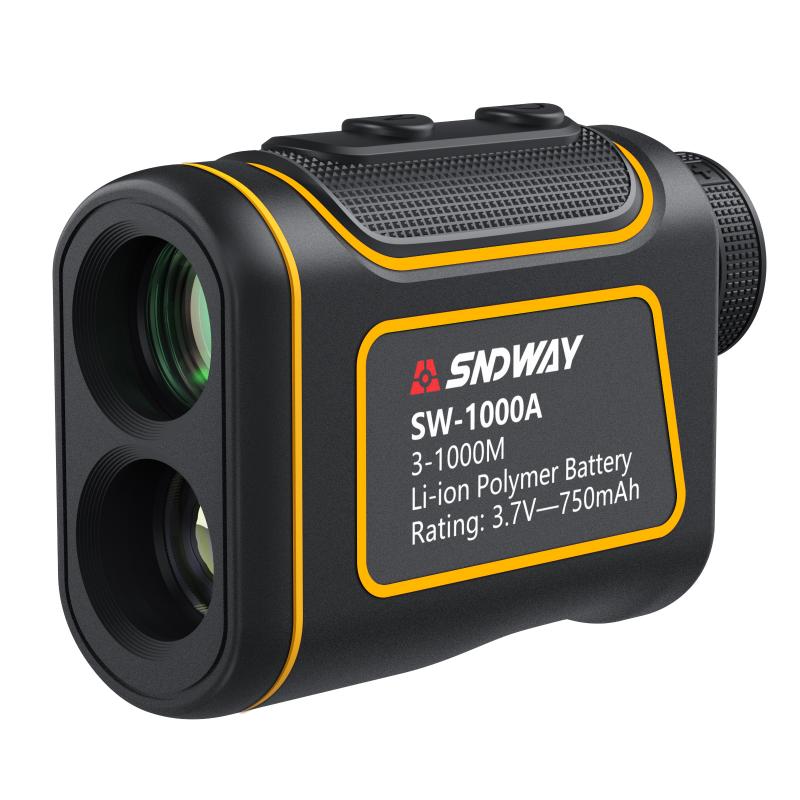
2、 Objective lens diameter: Choosing the right size for optimal light gathering.
When it comes to choosing the right size spotting scope, one of the most important factors to consider is the objective lens diameter. The objective lens is the larger lens at the front of the scope that gathers light and directs it to the eyepiece. The size of this lens plays a crucial role in determining the amount of light that enters the scope, which in turn affects the image brightness and clarity.
In general, a larger objective lens diameter will allow more light to enter the scope, resulting in brighter and clearer images, especially in low-light conditions. However, it is important to strike a balance between light gathering capability and portability. Larger objective lenses tend to be heavier and bulkier, making them less convenient for travel or field use.
The optimal objective lens diameter depends on your specific needs and preferences. If you primarily use your spotting scope during daylight hours or in well-lit environments, a smaller objective lens diameter, such as 50mm, may be sufficient. On the other hand, if you frequently observe wildlife or engage in activities like birdwatching during dawn or dusk, a larger objective lens diameter, such as 80mm or even 100mm, would be more suitable.
It is worth noting that advancements in lens coatings and optical technology have improved the light transmission capabilities of spotting scopes in recent years. This means that even with a smaller objective lens diameter, you can still achieve impressive image quality. However, if you prioritize optimal light gathering, a larger objective lens diameter is still the way to go.
Ultimately, the choice of objective lens diameter depends on your specific needs, budget, and intended use of the spotting scope. It is recommended to try out different sizes and consult with experts or experienced users to find the right balance between light gathering capability and portability for your particular requirements.
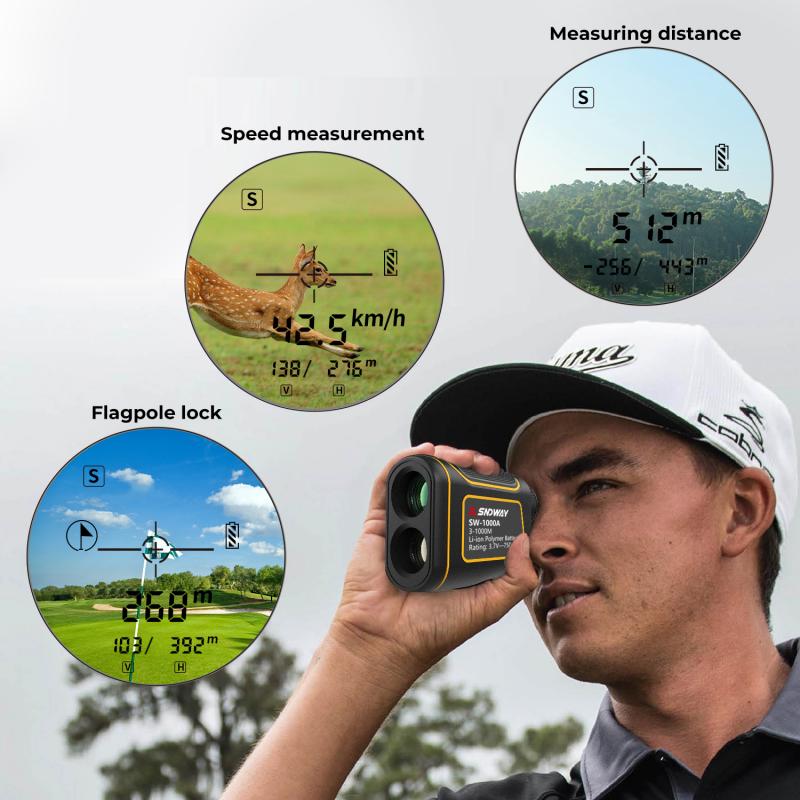
3、 Field of view: Considering the width of the observable area.
When determining the size of a spotting scope you need, one important factor to consider is the field of view. The field of view refers to the width of the observable area through the spotting scope. It is an essential aspect to consider as it determines how much of the surrounding area you can see at any given time.
The field of view is typically measured in feet at a specific distance, such as 1000 yards. A wider field of view allows you to observe a larger area without having to constantly adjust the position of the spotting scope. This can be particularly useful when observing fast-moving objects or scanning large landscapes.
The size of the spotting scope you need depends on your specific requirements and preferences. If you are primarily using the spotting scope for birdwatching or observing wildlife, a wider field of view is generally preferred. This allows you to easily track birds or animals as they move across the landscape.
On the other hand, if you are using the spotting scope for target shooting or astronomy, a narrower field of view may be more suitable. This is because a narrower field of view can provide higher magnification, allowing you to focus on smaller details or distant objects.
It is worth noting that the field of view can vary depending on the magnification of the spotting scope. Higher magnification often results in a narrower field of view, while lower magnification provides a wider field of view. Therefore, it is important to strike a balance between magnification and field of view based on your specific needs.
In conclusion, when determining the size of a spotting scope you need, consider the field of view and how it aligns with your intended use. A wider field of view is generally preferred for birdwatching and wildlife observation, while a narrower field of view may be more suitable for target shooting or astronomy.
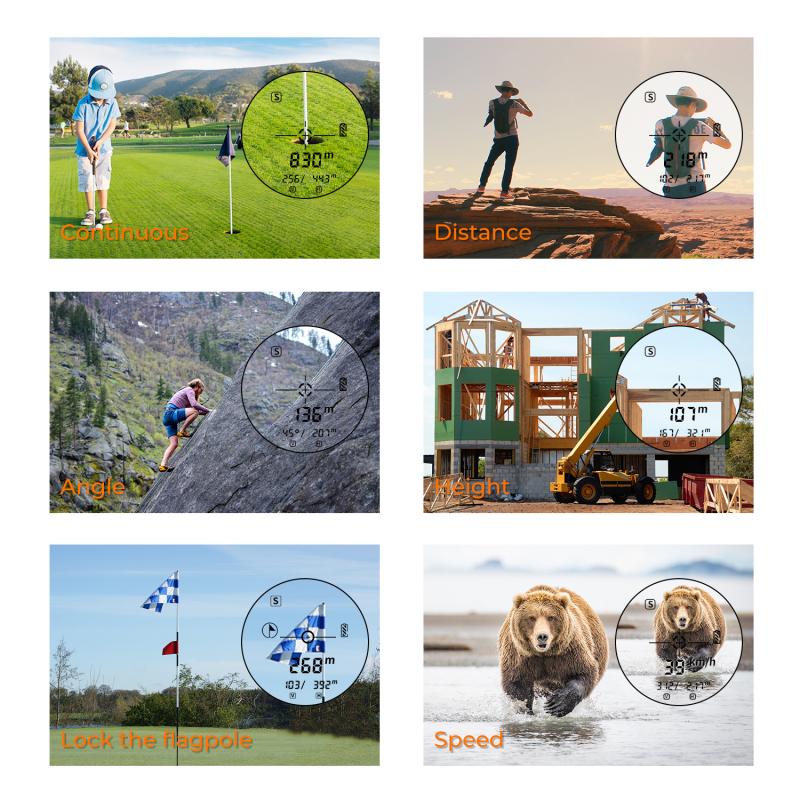
4、 Eye relief: Ensuring comfortable viewing distance for eyeglass wearers.
When considering what size spotting scope you need, one important factor to consider is eye relief. Eye relief refers to the distance between your eye and the eyepiece of the spotting scope that allows for comfortable viewing. This is particularly important for eyeglass wearers, as they need to maintain a certain distance between their eyes and the eyepiece to avoid discomfort or the risk of scratching their glasses.
The ideal eye relief for eyeglass wearers is typically around 14-20mm. This distance ensures that you can comfortably view through the spotting scope without having to press your glasses against the eyepiece. It also allows for a wider field of view, making it easier to locate and track objects.
However, it's important to note that eye relief can vary depending on the specific model and brand of the spotting scope. Some manufacturers have developed eyepieces with longer eye relief to cater to eyeglass wearers. Therefore, it is recommended to try out different spotting scopes and eyepieces to find the one that provides the most comfortable viewing experience for you.
Additionally, advancements in technology have led to the development of adjustable eyecups or twist-up eyecups on some spotting scopes. These eyecups can be adjusted to accommodate eyeglass wearers by providing a comfortable distance between the eye and the eyepiece.
In conclusion, when determining the size of the spotting scope you need, it is crucial to consider eye relief, especially if you wear glasses. Look for spotting scopes with an eye relief of around 14-20mm and consider models with adjustable eyecups for added comfort. Trying out different options and consulting with experts can help you find the perfect spotting scope that suits your needs as an eyeglass wearer.
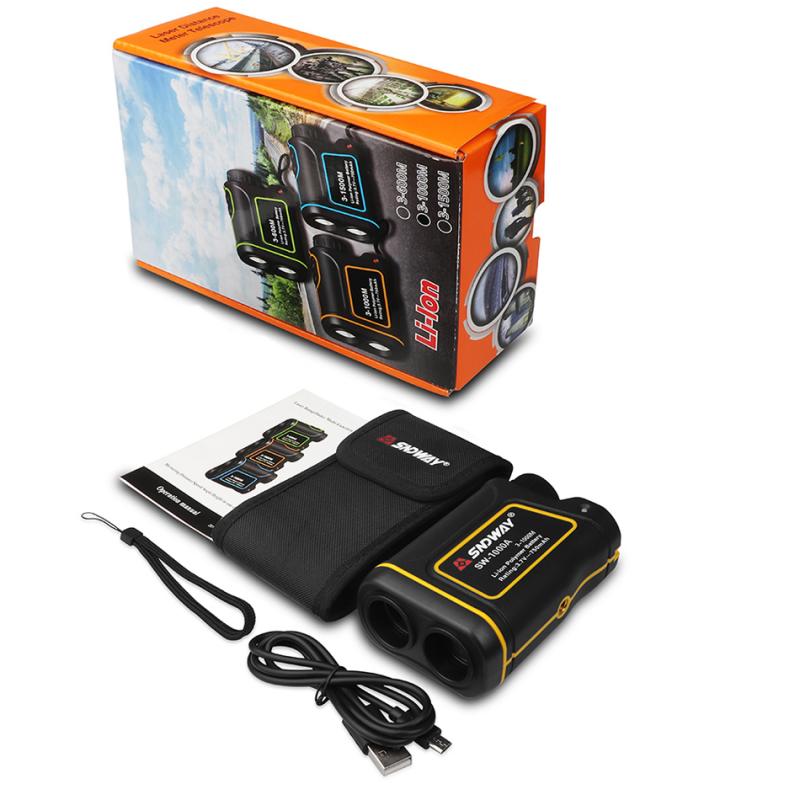




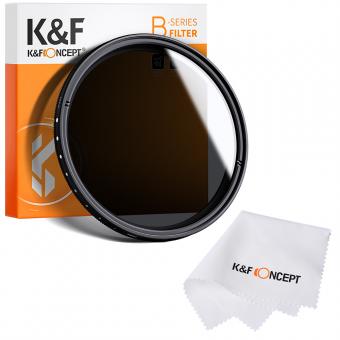


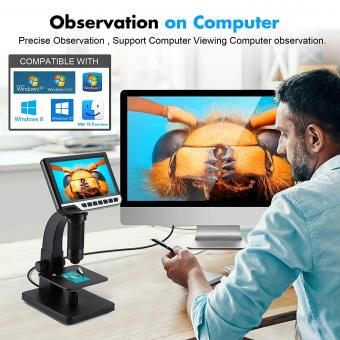





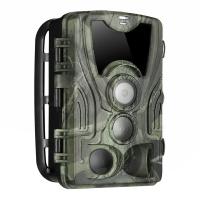

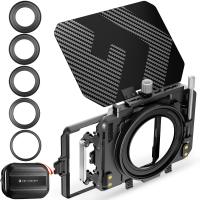
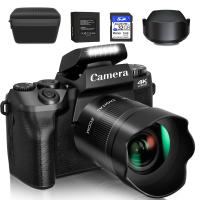
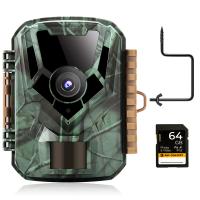
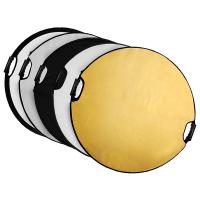
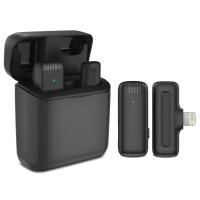
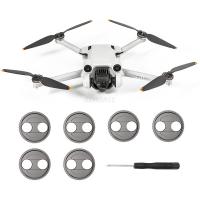



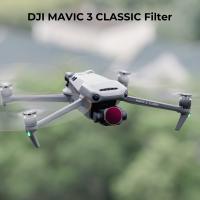

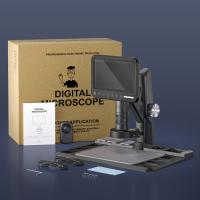
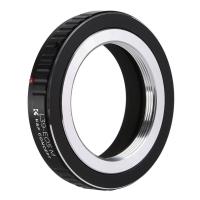
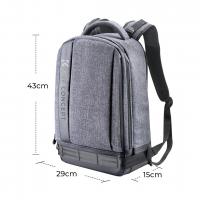
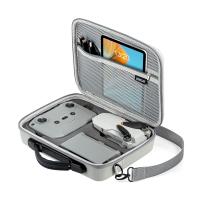
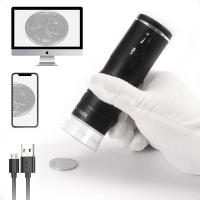
There are no comments for this blog.